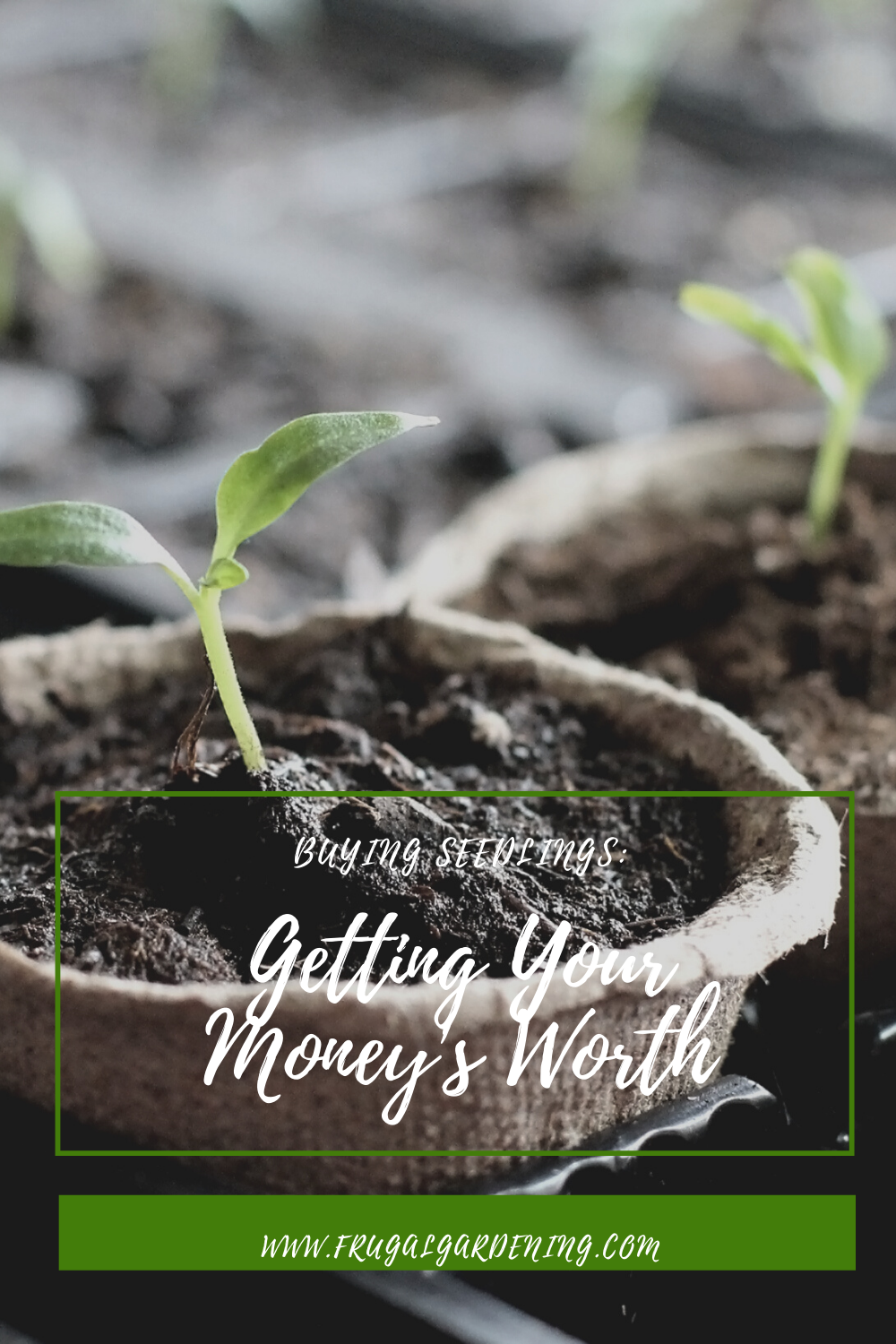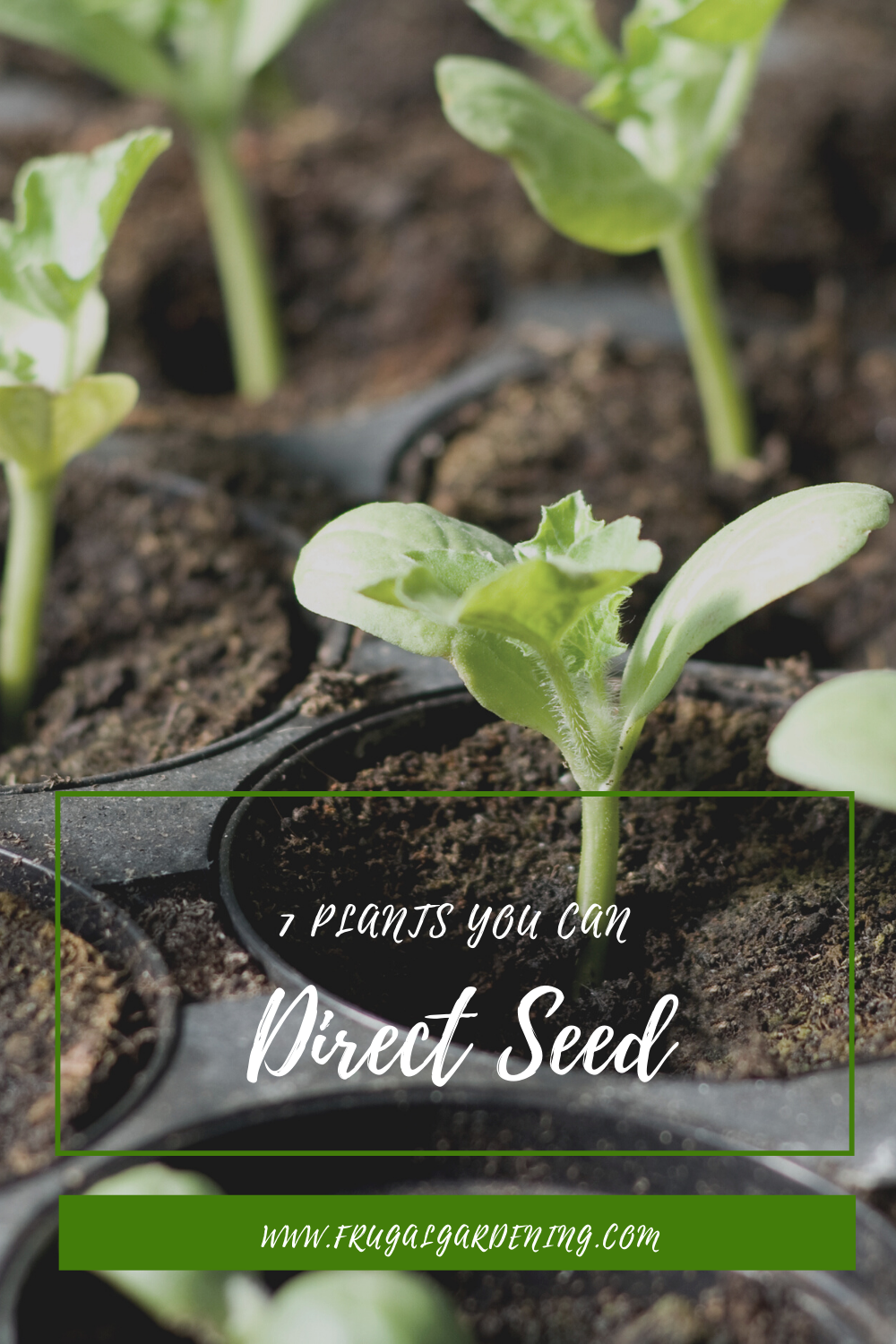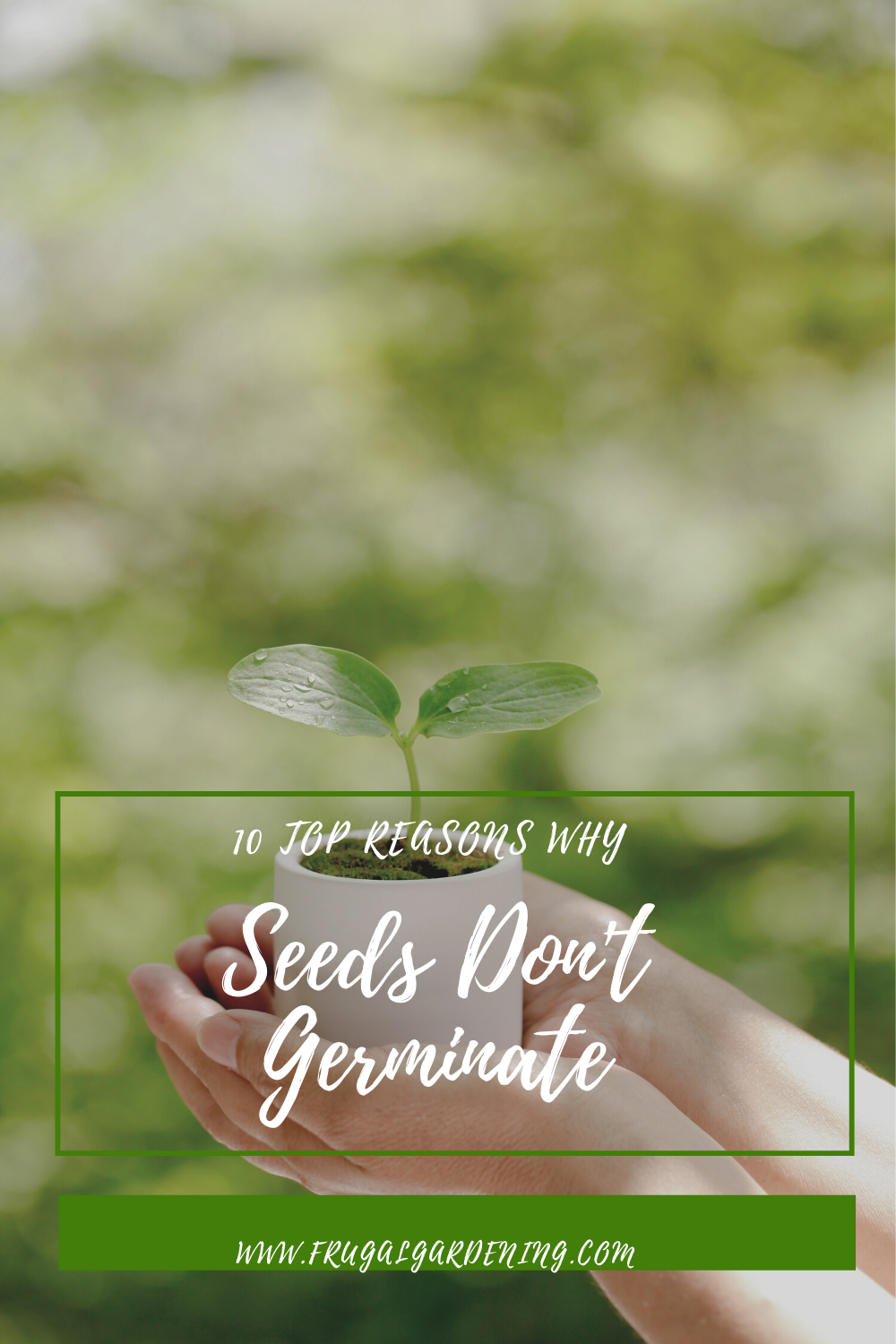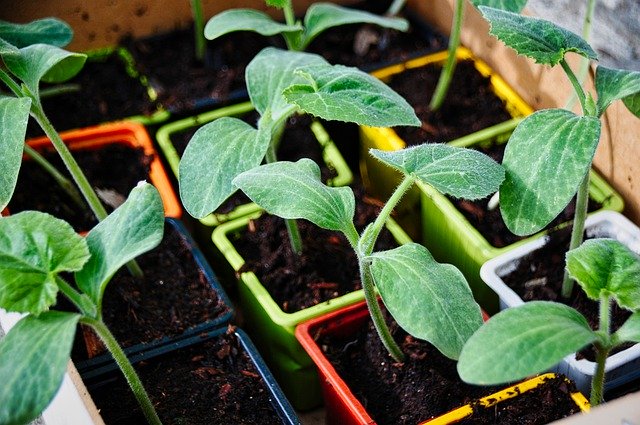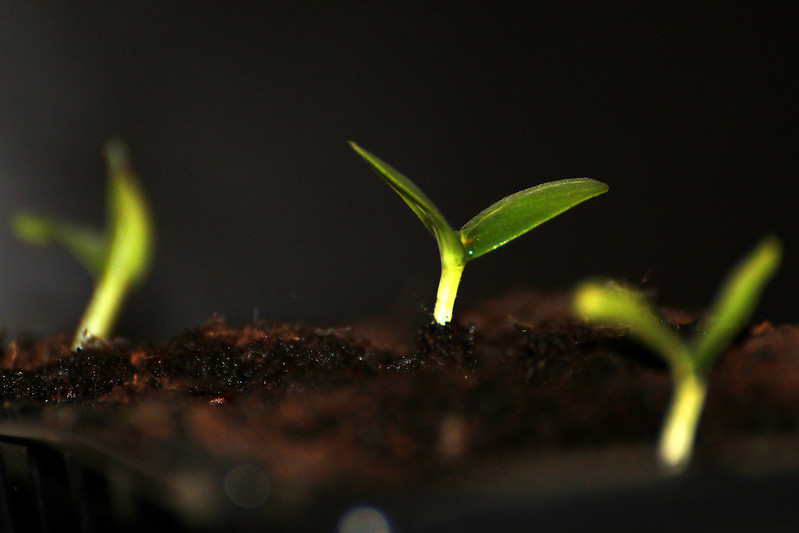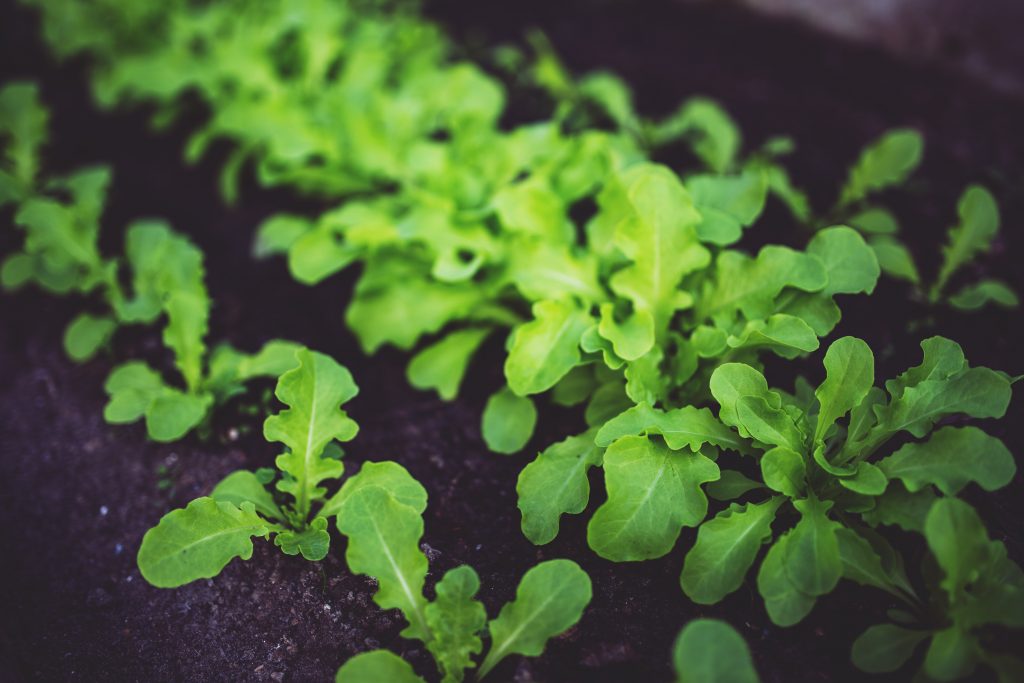5 Compelling Reasons to Purchase Seeds Over Harvesting from Fruits
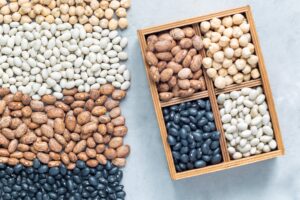
In the world of gardening, the choice between purchasing seeds and harvesting seeds from fruit can significantly impact the success of your planting season. While harvesting seeds from fruit may seem economical and sustainable, there are several compelling reasons to purchase seeds instead. This approach offers advantages ranging from genetic quality to ease of use, especially for beginner gardeners or those looking to achieve specific gardening outcomes. Here, we explore why purchasing seeds is often a better choice than harvesting seeds from fruit.
1. Guaranteed Germination and Purity
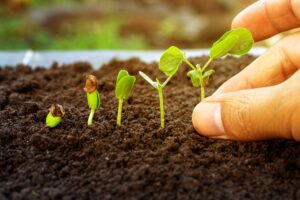
One of the primary reasons to purchase seeds from reputable suppliers is the assurance of high germination rates and seed purity. When you harvest seeds from fruit, there’s no guarantee that the seeds will germinate, as they might not be mature enough or could have been damaged during extraction. On the other hand, purchased seeds undergo rigorous testing to ensure they meet high standards of germination success and are free from contamination with other plants’ seeds. This is crucial for gardeners who want to maximize their planting efforts and ensure that every seed has the potential to flourish into a healthy plant.
2. Access to a Wide Variety of Species and Cultivars
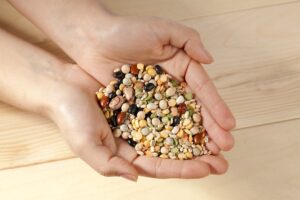
Purchasing seeds allows gardeners access to a broader range of species and cultivars than what might be available through local fruits or even in local markets. Many seed suppliers offer an extensive catalog of options, including heirloom varieties, hybrids, and those suited for specific climates and soil conditions. This diversity enables gardeners to experiment with new types of plants that are not native to their area, or that offer better resistance to local pests and diseases. Additionally, some plants, especially hybrids, do not produce seeds that retain the parent plant’s desirable characteristics, making purchased seeds the only way to ensure the quality and traits of what you grow.
3. Disease-Free Assurance
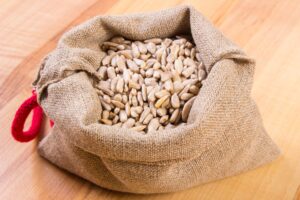
Purchased seeds typically undergo treatments to be disease-free, minimizing the risk of introducing pathogens into your garden that could spread to other plants. When you harvest seeds from fruit, there’s always a risk that these seeds carry diseases, which can devastate both new and established gardens. These diseases can remain dormant within the seed and then manifest once the plant begins to grow, potentially leading to widespread infection that can be difficult to control. Buying seeds from a reliable source ensures they have been screened and treated for common pathogens, offering a safer start for your plants.
4. Cost-Effectiveness and Time Efficiency

While harvesting seeds from fruit might seem like a cost-saving measure, it can often be more time-consuming and less efficient, particularly if the seeds fail to germinate. The process of extracting, cleaning, and storing seeds properly is labor-intensive and requires precise conditions to maintain their viability. Purchased seeds, in contrast, come ready to plant and are packaged in quantities that match gardeners’ needs, eliminating the guesswork and inefficiency. This convenience can be particularly beneficial for those with limited time or those new to gardening, allowing them to focus more on the growing process rather than the preliminary steps of seed preparation.
5. Supporting Agricultural Biodiversity
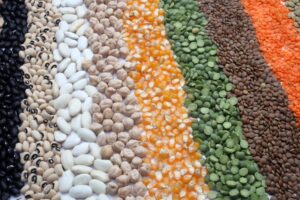
By choosing to purchase seeds, particularly those that are organic or heirloom, gardeners can support agricultural biodiversity. Many seed suppliers play a role in preserving rare or endangered plant varieties by encouraging gardeners to cultivate them. This not only helps to maintain genetic diversity within plant species but also supports small and independent seed farmers who rely on the sales of unique and diverse seeds. In contrast, harvesting seeds from commonly available fruits often perpetuates the cultivation of a limited range of plant varieties, which can contribute to genetic erosion over time.
Purchase Seeds Instead of Harvesting from Fruits
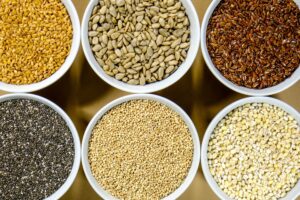
Numerous benefits – including guaranteed germination, access to a wide variety of plant species, disease prevention, cost-effectiveness, and the support of agricultural biodiversity – support the decision to purchase seeds rather than harvesting seeds from fruit. These factors make purchasing seeds an appealing option for both novice and experienced gardeners alike, ensuring a more successful and rewarding gardening experience. As the gardening community continues to grow, the choice of seeds will play a pivotal role in shaping the health and diversity of gardens around the world. Whether you’re looking to explore new plant varieties or achieve a bountiful harvest, purchasing seeds is a wise investment that can yield significant returns in the long term.
Read More:
